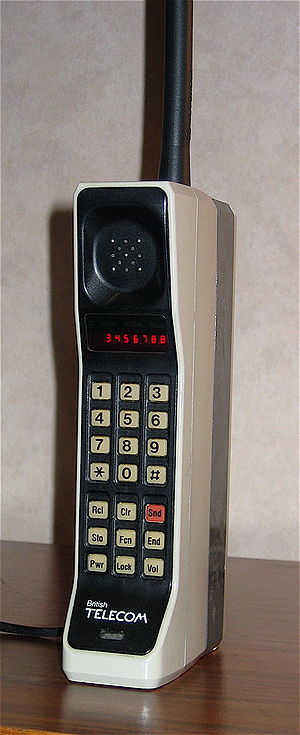
- Image by oskay via Flickr
In discussions about change, the expectation is that some things are negotiable and others are not. There is a kind of understood language for those things that are sacred, and therefore off the table. We give them a preferred nomenclature, using words like standards or givens. These assumptions within any given change are ones that single-handedly deny compromise. They are responsible for strikes, mass-firings, and even riots given the right set of circumstances. They are what is universally known to be off the table.
But, the table is big enough to hold everything. We just seem to like cutting it short and using only part of it to hold meetings. It is like we huddle together at the head of a big board room and ignore all of the space that we could have if we acknowledged it existed.
In writing about radical use, I advocated for taking the everyday objects and ideas and figuring out ways to reorganize and utilize them to greater and more interesting effect. I would like to make the case now for putting everything on the table once more.
We should not remove things because they are too hard to discuss or they would disrupt all other negotiations. We should not remove things because they would take to long to sort out or too many people are invested in them the way that they currently exist. Everything should be laid out and explored. Everything should be debated. Now, we may come up with similar conclusions, but the only way to be truly sure that you have made the right decision is to continue to affirm it.
So, what’s on the table?
- Childhood
- Relationship
- Hierarchy
- Memory
- Privacy
- Ownership
- Health
- Religion
There should be no givens on these topics. No free passes to any groups that find themselves at odds over the particulars. I want free and open questions to be raised as to the validity of a particular viewpoint. I want to put it all out on the table and manipulate just how important and prevalent each element is. I want to question the value of starting and stopping childhood at a certain age. I want to consider outsourcing our memory to objects and metadata on a machine. I want to discuss just how private each of us needs to be if we could trust that everyone else shares the same privacy.
I want data to support what stays on the table and what comes off. I want a Microsoft Pivot-like interface on the table so that we could measure the effects of each proposal.
And why is this so important?
Because our assumptions have led us down the wrong path too many times. Believing that things were off the table have led us to compromise just how much we can get done. If we know that change is only available for the few things that we comfortably admit are broken, then change is nothing more than an illusion.
And I want it to be real. I want to touch it and see it and talk about it. I want to notice that things are getting better all of the time because we have had the tough conversations and made the difficult concessions. If we had an interface for putting everything on the table, I think that more people would inevitably no longer fear what they have committed to. They could look at their own truth, and iterate into what makes sense for who they are right now and what place they inhabit.
What’s on the table? Everything.
Related articles by Zemanta
- Pivot Shows Again that Microsoft Is Kicking Serious Ass [Web] (gizmodo.com)
- Microsoft Pivot: from the wizards at Live Labs (blogs.msdn.com)
- Facebook Proposes Revisions to Privacy Policy, Hints at More Location Features (mashable.com)
- Do You Like Us Or Like Like Us? “Become A Fan” Changing To “Like” On Facebook (readwriteweb.com)
- Periodic Table of Periodic Tables (boingboing.net)

![Reblog this post [with Zemanta]](https://i0.wp.com/img.zemanta.com/reblog_e.png?w=1225)





